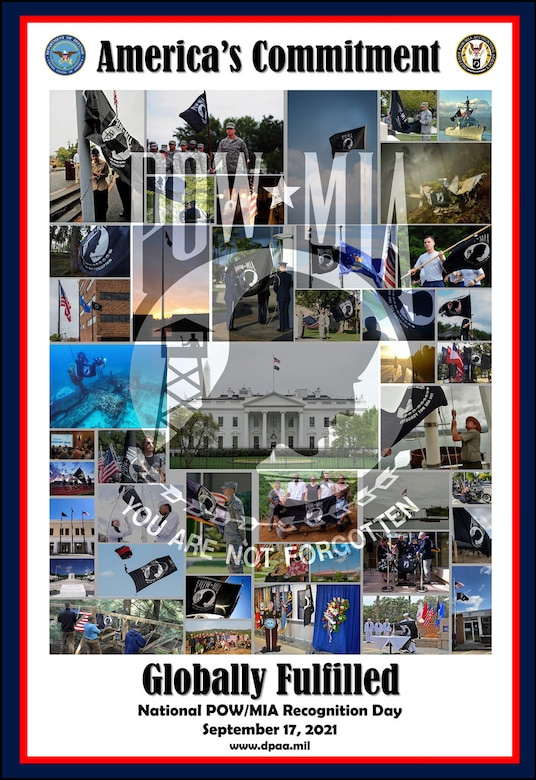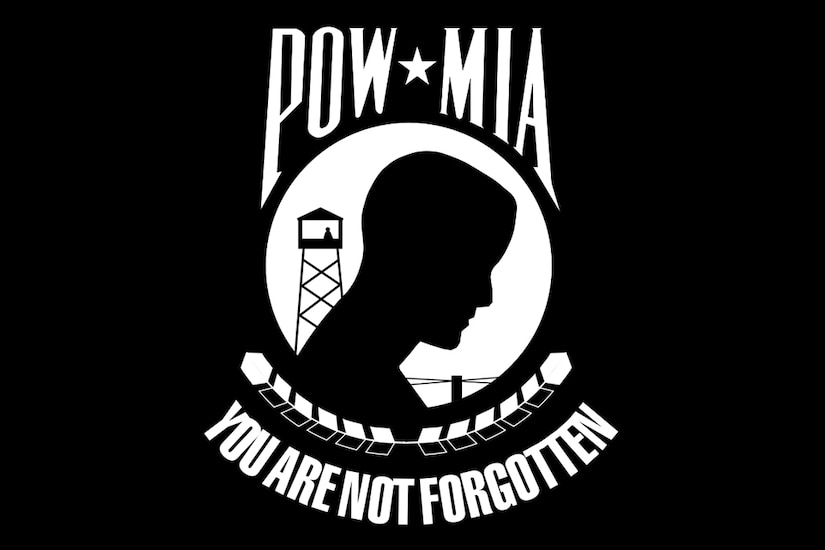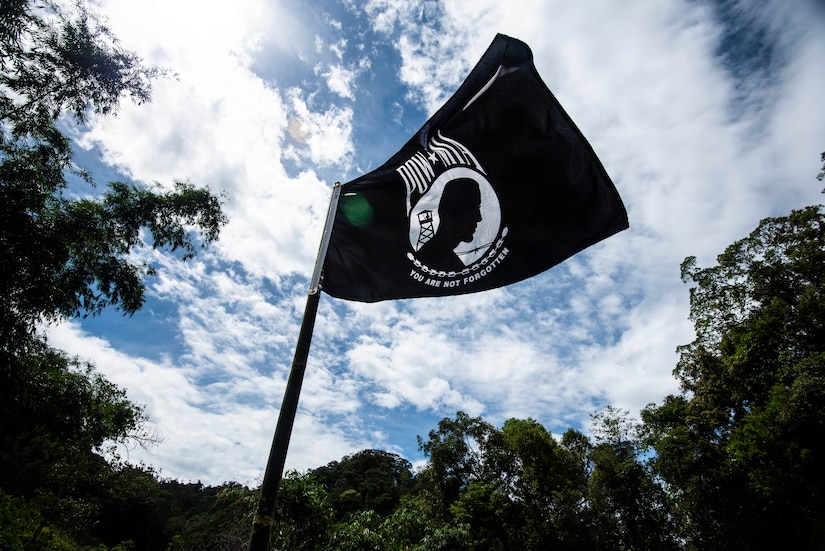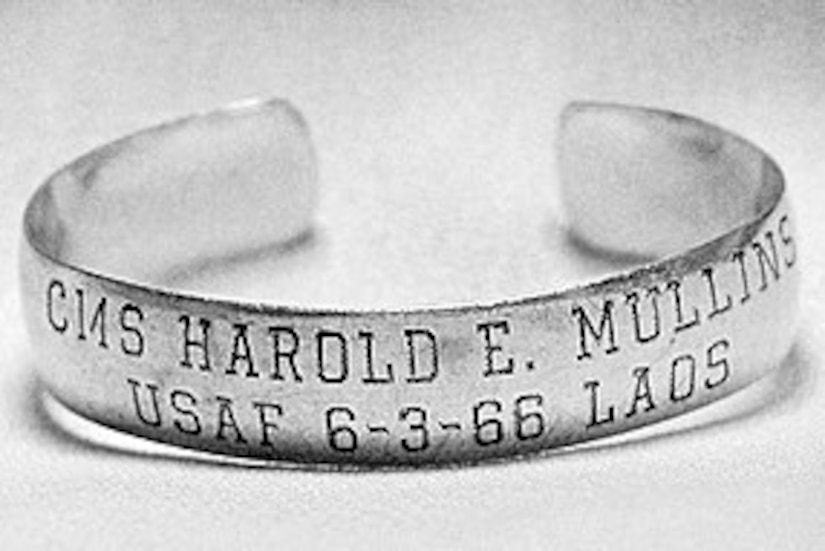Sept. 16, 2021 | , DOD News
National POW/MIA Recognition Day — which this year
falls on Sept. 17 — was established in 1979 through a proclamation
signed by President Jimmy Carter.
The proclamation reads, in part: "In each of America's wars, our
prisoners of war have been called upon to make uncommon sacrifices. Upon
them has fallen the arduous responsibility of defending American ideals
under the absolute control of the enemy.

"Extremely difficult at best, this responsibility becomes magnified almost beyond comprehension when men and women are treated inhumanely — in violation of ordinary human compassion, fundamental moral standards, and basic international obligations.
"All Americans should recognize the special debt we owe our fellow citizens who, as prisoners during wartime, sacrificed their freedom [so] that we might enjoy the blessings of peace and liberty.
"Likewise, we must remember the unresolved casualties of war — our soldiers who are still missing. The pain and bitterness of war endures for the families, relatives and friends."
Since 1979, every president has issued an annual proclamation commemorating the third Friday in September as National POW/MIA Recognition Day.
Observances of National POW/MIA Recognition Day are held across the country on military installations, aboard ships, in state capitals, schools and veterans' facilities.
No matter where they are held, these National POW/MIA Recognition Day ceremonies share the common purpose of honoring those who were held captive and returned, as well as those who remain missing.

According to the Defense POW/MIA Accounting Agency, there are about 81,600 Americans missing — from the battlefields of World War II to recent conflicts. About 75% of those are in the Indo-Pacific region. About 41,000 of the 81,600 missing are presumed lost at sea.
That agency is tasked with providing the fullest possible accounting for missing personnel from past conflicts to their families and the nation. The agency continually revises its missing count as more are accounted for.
As for POWs, the Congressional Research Service reports:
- There are 130,201 World War II POWs; of those, 14,072 died.
- There are —7,140 Korean War POWs; of those, 2,701 died.
- There are —725 Vietnam War POWs; of those, 64 died.
- There have been 37 POWs since the Vietnam War; no one is still in captivity.
POW/MIA Flag
The POW/MIA flag, also known as the National League of Families
POW/MIA flag, can be seen flying in Defense Department installations and
in many other government and private locations. It flies directly below
the United States flag during the observance day. If there are two
flagpoles, it is always flown to the viewer's left of the U.S. flag.
Besides being flown on National POW/MIA Recognition Day, Congress in
1998 legislated that it can also be flown on Armed Forces Day, Memorial
Day, Flag Day, Independence Day and Veterans Day. In 2019, Congress
authorized the POW/MIA flag to be flown at certain locations on all days
that the U.S. flag is flown.

At some DOD dining facilities, it is a tradition that a single table and chair be draped with the POW/MIA flag to honor the missing.
The POW/MIA flag was created for the National League of Families of American Prisoners and Missing in Southeast Asia. That's why the flag has the alternate longer name, as well. That nonprofit organization, which has been recognized by Congress, was created to account for those who are still prisoners or missing in Southeast Asia.
The flag itself was created by Newton F. Heisley in 1972. Heisley served in the Army Air Corps as a pilot during World War II; after the war, he became a graphic artist.
The silhouette of a man, head bowed, with a guard tower in the background is actually Heisley's son Jeffrey, a 24-year-old Marine. The artist died in 2009 at age 88.
POW/MIA Bracelets

Many veterans and others have worn POW/MIA bracelets since the late 1960s to show their support for POWs and those still missing.
The 1/2-inch-wide stainless steel, copper or nickel-plated bracelets are engraved with the POW/MIA's name, rank, service, and date of loss.
No comments:
Post a Comment